What Is A Chemical Peel?
This fairly new technique revolves around a chemical solution being applied to the face, making the skin blister and its outer layers peel off. This results in a much improved and less wrinkled face that looks smoother and younger.
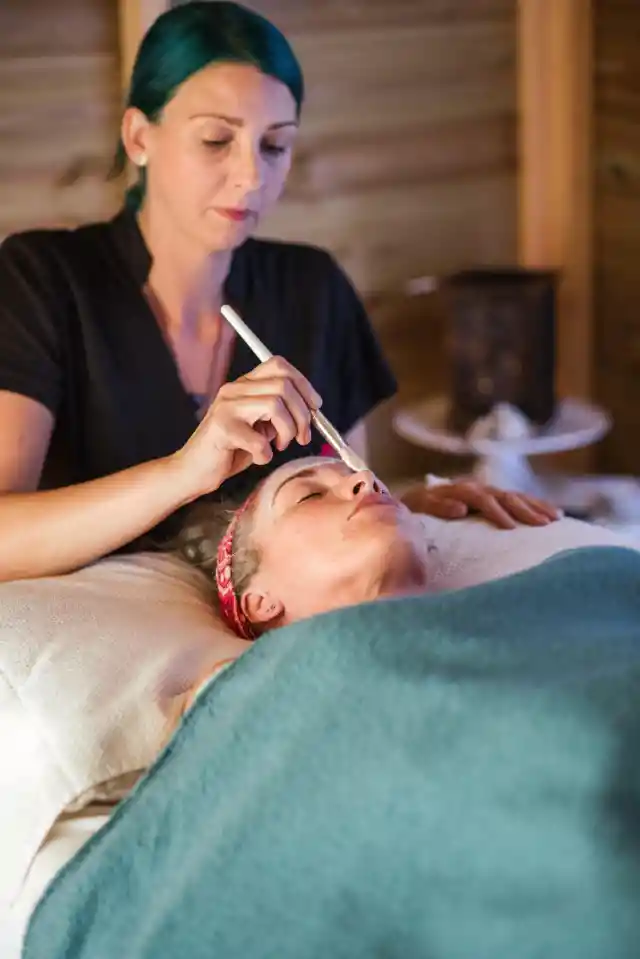
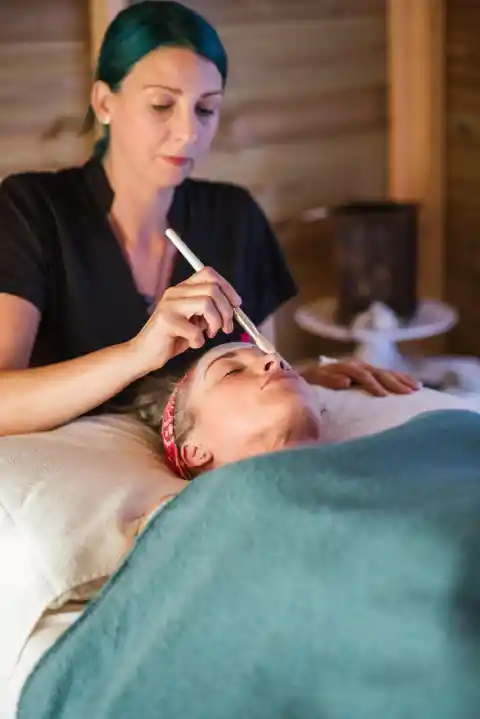
The full list of benefits includes reduced lines under the eyes and around the mouth, improved appearance of mild scars, acne reduction, improvement of sun-damaged areas and reduction of spots or dark patches due to pregnancy or birth control.
Are Chemical Peels For Everyone?
The short answer is no. However, if the necessary measurements are taken, anyone can reap the benefits of this treatment. For example, fair-skinned and light-haired patients are typically better candidates for chemical peels, but that doesn’t mean other skin types can’t get one.
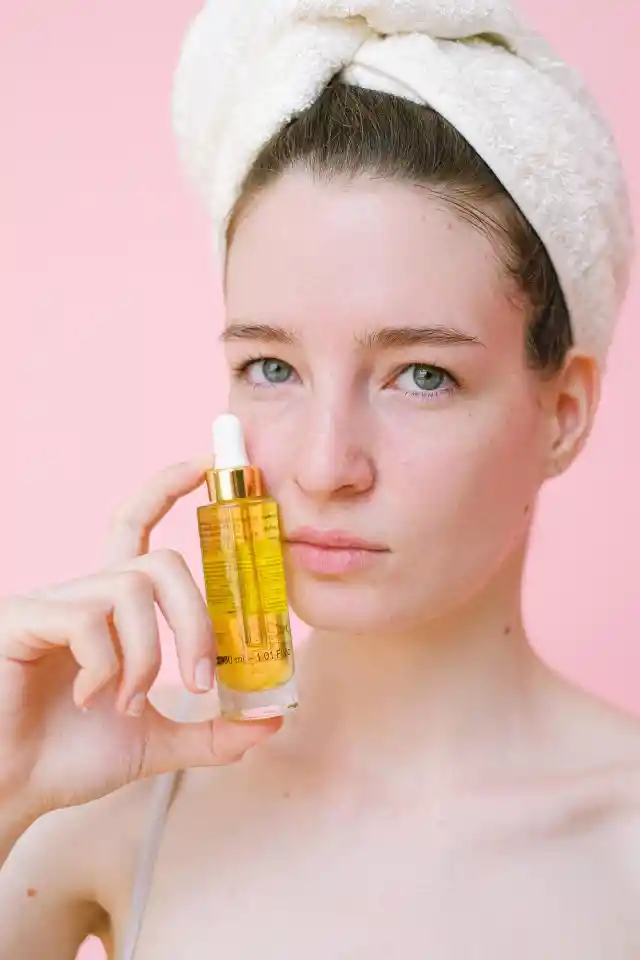
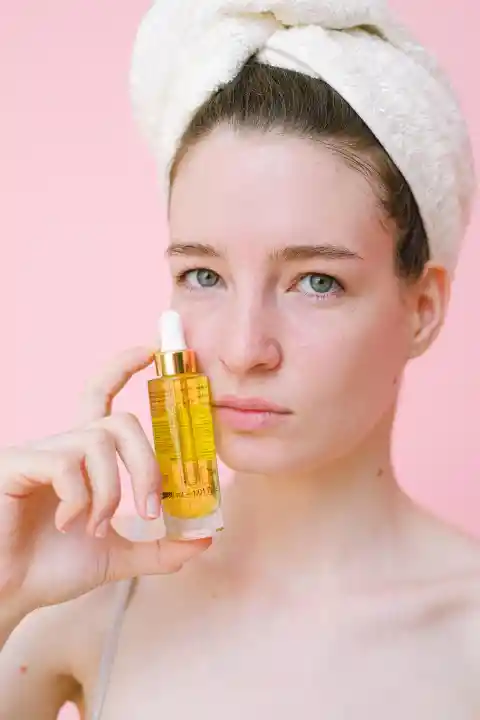
Some skin conditions can worsen after a chemical peel, so a doctor should always be consulted. People with skin sags, bulges and severe wrinkles that irritate easily should consider other methods to renew the skin and eliminate imperfections.
Are There Any Prerequisites?
The first thing to do before getting a chemical peel is to consult with your dermatologist and general doctor. They will both know if there is some complication that will arise from the procedure for your particular case and be able to advise you properly.


A common requirement before the peeling is to stop taking certain drugs, like contraception pills. Your doctor will probably prescribe a new medication, such as Retinol, Renova, glycolic acid, or even antibiotics and antiviral drugs to prevent infection.
How Are Chemical Peels Done?
It is always performed by a doctor or a surgeon, and it is an outpatient procedure, so you won’t have to stay in the hospital overnight. And right before the peeling, the doctor will clean your skin thoroughly with different products


Once the surface of the face is clean, the doctor will apply a chemical solution (glycolic acid, trichloroacetic acid or lactic acid) to small areas of your skin. This will produce a controlled lesion, letting new skin grow and take its place. During the procedure, you might feel a burning sensation on your face but don’t worry; it’s normal.
What Happens After?
The consequences of a chemical peel are similar to a sunburn. Your skin will remain red for a few days and will start to peel off at some point. This process takes around three to seven days approximately. If the peeling is deep, then the effects could remain a bit longer, up to fourteen days.
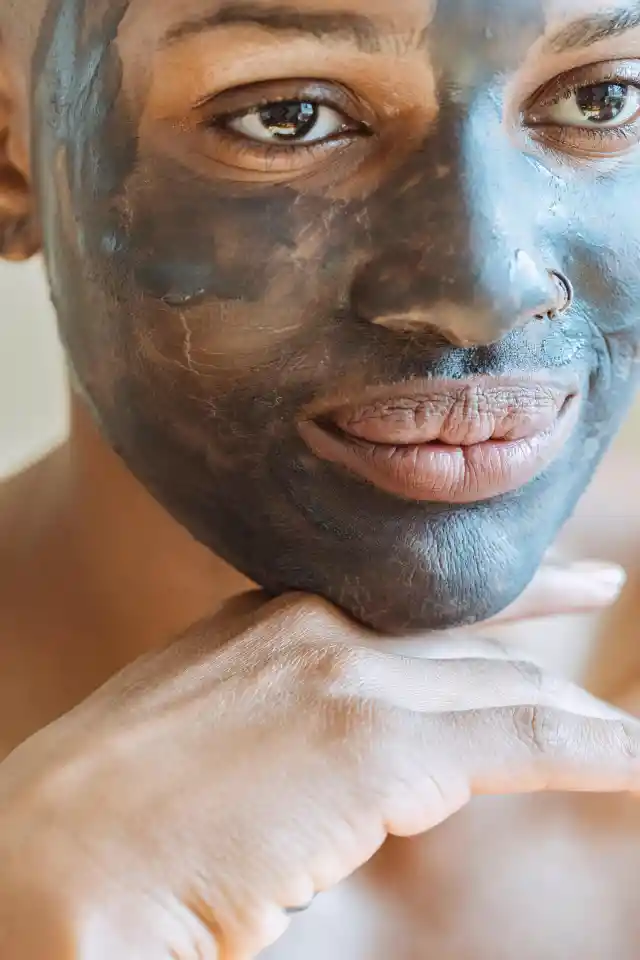

After the treatment, you might need some bandages that will cover up all of your face, so try to remain at home for the whole healing process. After the bandages are off, you should be careful with sun exposure since the skin will be fragile for the next few months. So, remember to wear lots of sunscreen!